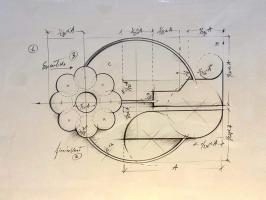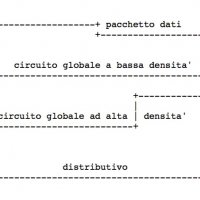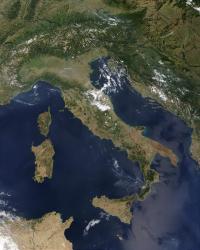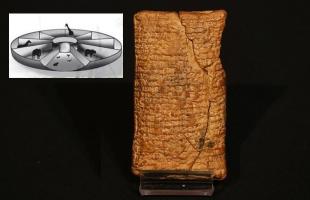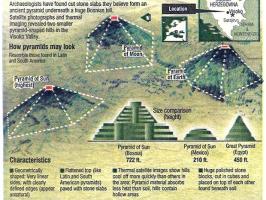Il canale di Corinto

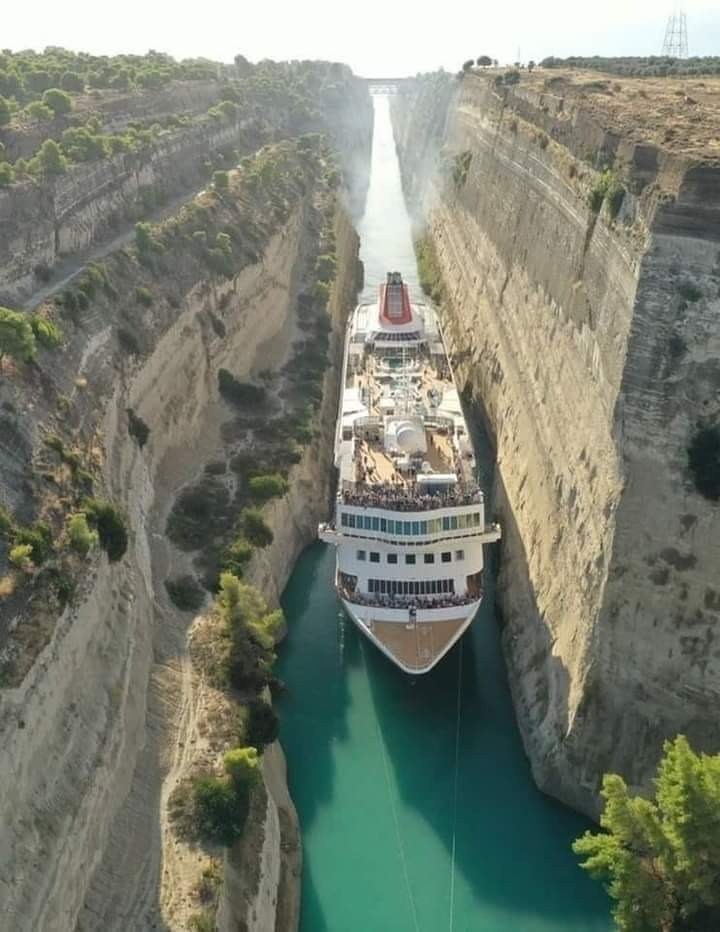
The Corinth Canal is an artificial channel that cuts through the eponymous isthmus in Greek territory, linking the Saronic Gulf (Aegean Sea) with the Gulf of Corinth (Ionian Sea). It saves a 700-kilometer journey around the Peloponnese. Today, naval commerce has changed because the canal is too narrow for modern cargo ships, as it can only accommodate vessels up to 17.6 meters wide and with a maximum draft of 7.3 meters. Its maritime importance is now quite modest. Merchant ships are rerouted to other routes, and the modern use of the canal sees about 11,000 tourist and leisure boats traversing its waters, with the larger ones being towed by tugboats. The canal is 6.3 kilometers long, an average of 22 meters wide, and up to 8 meters deep: it runs in a straight line between Kalamaki and Posidonia. The maximum height of the banks is 80 meters. Despite being built in the 19th century, the idea of cutting the isthmus dates back to the 7th century BC to the tyrant of Corinth, Periander, a project that was later abandoned. The cutting, started under Nero (1.7 km), was resumed in 1881 and completed in 1893. It is not regulated by any international convention, and therefore, while open to free navigation, falls under Greek sovereignty. Today, the isthmus is crossed on the surface by several bridges: a railway line, a local road, a two-lane highway, and a pedestrian link. The two submersible movable bridges located at its ends, at Isthmia and Poseidonia, date back to the late 1980s.
Il Canale di Corinto è un canale artificiale che taglia l’istmo omonimo, in territorio greco, unendo il Golfo Saronico (Mar Egeo) con quello di Corinto (Mar Ionio).
Risparmia un viaggio di 700 chilometri intorno al Peloponneso. Oggi il commercio navale è cambiato perché il canale è troppo stretto per i moderni cargo, visto che può ospitare solo navi di larghezza fino a 17,6 metri e pescaggio di max 7,3 metri.
La sua importanza marittima è ormai alquanto modesta.
Le navi mercantili vengono dirottate su altre tratte, l’utilizzo moderno vede solcare sulle sue acque circa 11.000 imbarcazioni turistiche e da diporto, con le più grandi trainate da rimorchiatori.
Il canale è lungo 6,3 km, largo in media 22 m, profondo max 8 m: è tracciato in linea retta tra Kalamàki e Posidonia. L’altezza massima delle sponde è di 80 m.
Nonostante sia stato costruito nell’Ottocento, l’idea del taglio dell’istmo comparve già nel VII secolo a.C. al tiranno di Corinto Periandro, un progetto che venne però abbandonato. Il taglio, iniziato sotto Nerone (1,7 km), fu ripreso nel 1881 e completato nel 1893.
Non è regolato da alcuna convenzione internazionale, pertanto, pur essendo aperto alla libera navigazione, ricade sotto la sovranità greca.
In superficie l’istmo è oggi attraversato da diversi ponti: da una linea ferroviaria, da una strada locale, da un’autostrada a due carreggiate e da un collegamento pedonale. Risalgono alla fine degli anni ottanta i due ponti mobili sommergibili collocati alle sue estremità, a Isthmia e Poseidonia.
Da:
https://www.teknoring.com/news/infrastrutture/canale-di-corinto-storia-millenaria-progetto/









